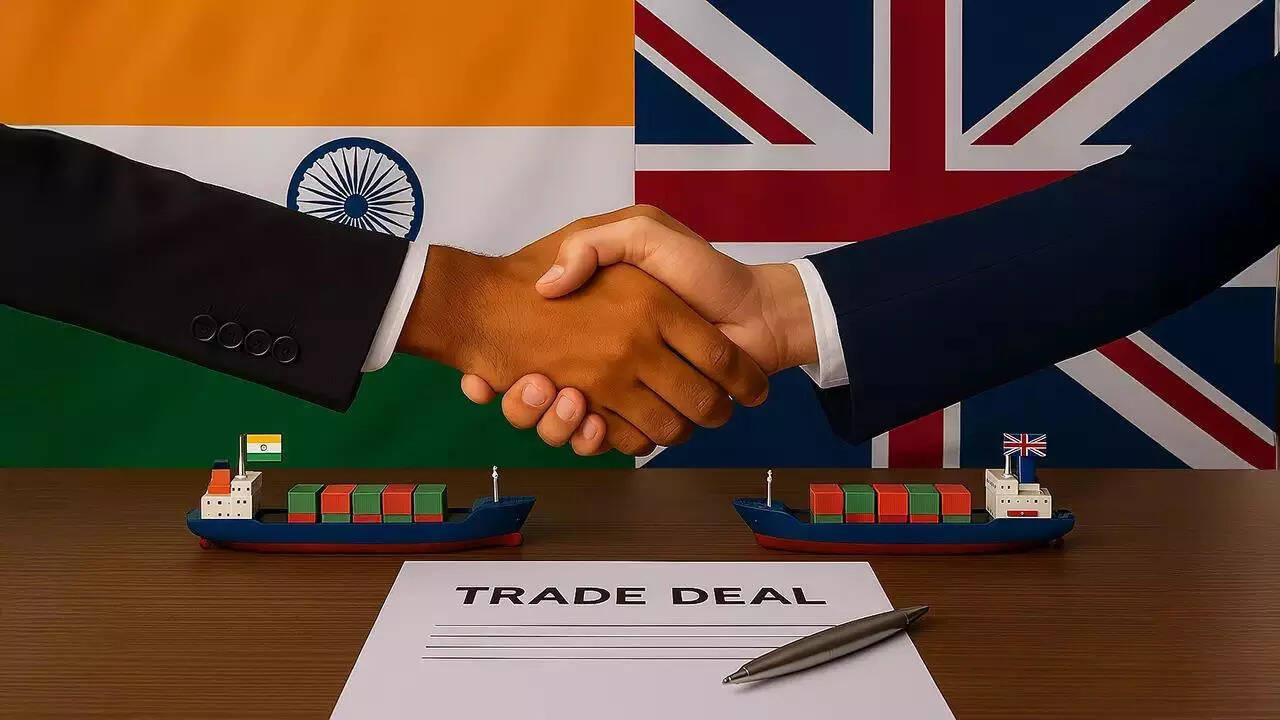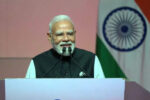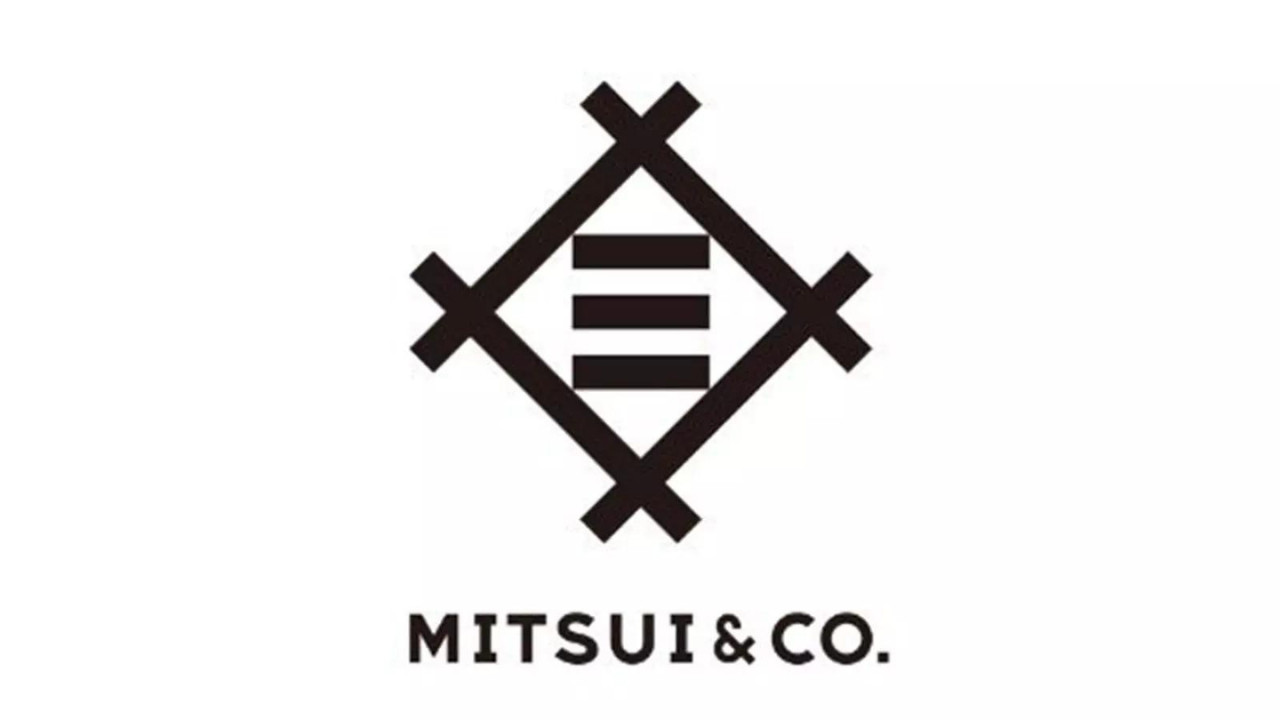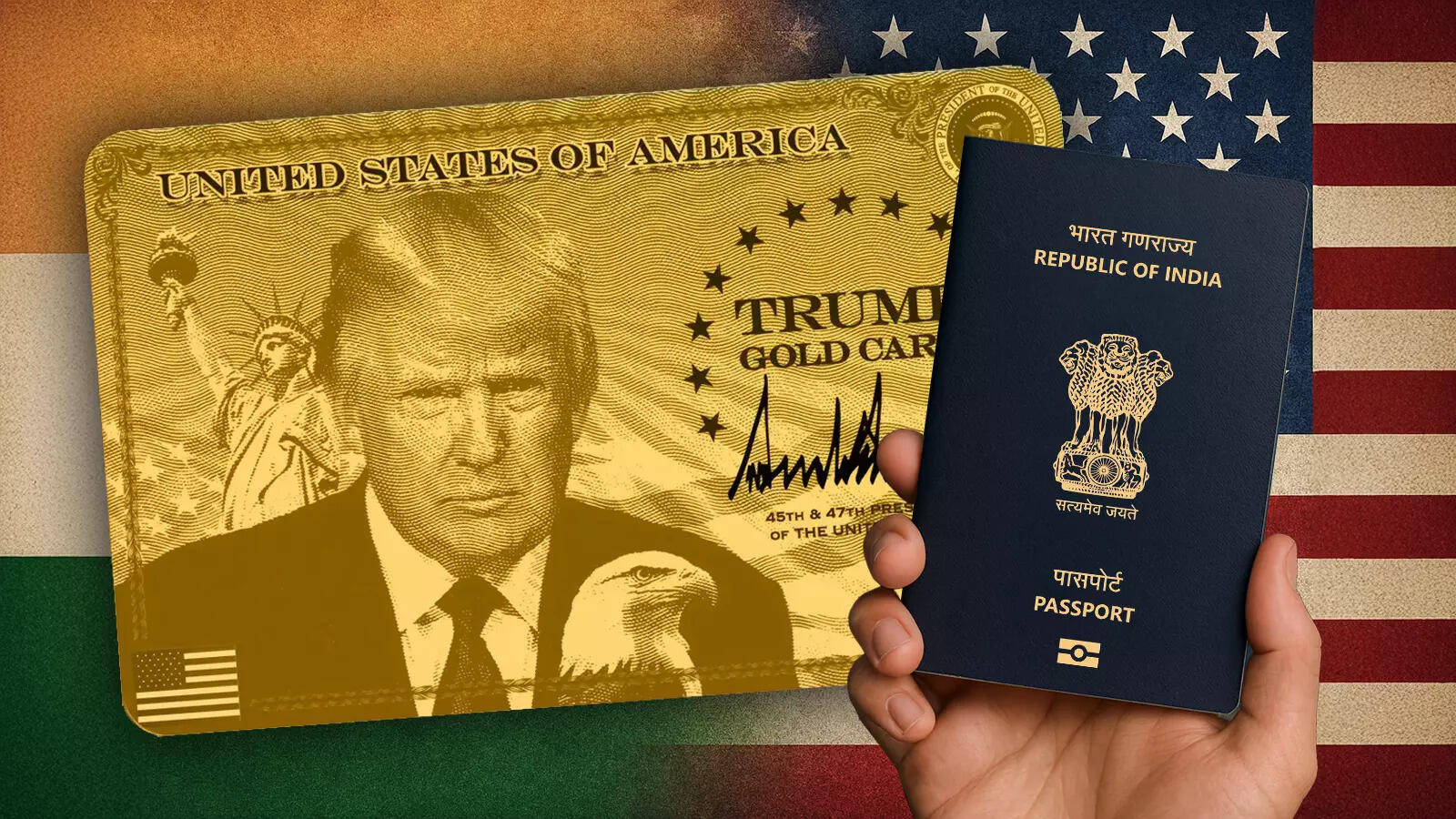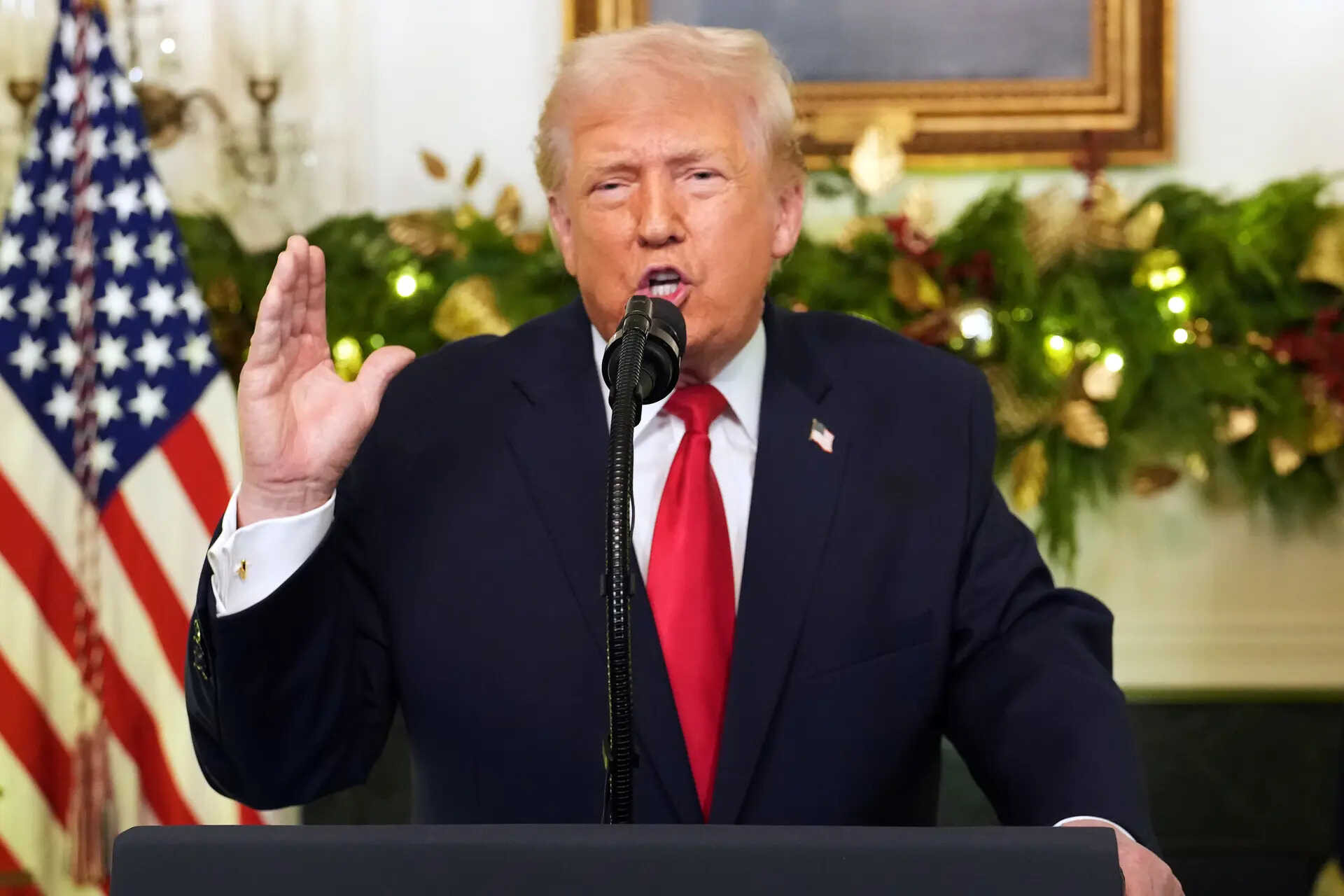A Feather in Whose Cap? Unpacking the India-UK Trade Deal’s Poultry Puzzle
The much-anticipated India-UK trade deal has finally landed, promising a raft of benefits across various sectors. But, as with any agreement of this magnitude, the devil is often in the details. And when it comes to poultry, those details are proving to be rather… complicated. Initial headlines suggested a complete opening of the UK market to Indian poultry exports, but the reality, as is so often the case, is significantly more nuanced. Let’s delve into what this really means for Indian poultry farmers and consumers alike.
The Chicken or the Egg: What the Deal Actually Says About Poultry
Instead of a free-for-all, the agreement establishes a phased approach with strictly defined quotas. India will be granted access to the UK market for certain poultry products, but these quantities are far from unlimited. It’s crucial to understand this isn’t a floodgate opening.
The agreement divides poultry products into specific categories, each with its own tariff reduction schedule. Some products will see tariffs reduced to zero over a set period, while others will remain subject to certain limitations. Importantly, the agreement includes safeguards to protect the UK’s domestic poultry industry from being overwhelmed by a sudden surge of imports. This careful calibration seeks to balance the opportunities for Indian exporters with the need to maintain stability within the UK market.

Navigating the Poultry Quotas: A Balancing Act
The size of the allocated quotas is naturally generating debate. Some argue that they are insufficient to make a significant impact on the Indian poultry industry, especially considering the scale of production within India. Others, particularly within the UK poultry sector, express concerns that even these limited quotas could undercut domestic producers. The truth, as always, likely lies somewhere in the middle.
What’s undeniable is that the success of Indian poultry exporters within this framework will depend on their ability to meet the UK’s stringent quality and safety standards. They will need to demonstrate a commitment to traceability and hygiene throughout the production process. This requirement could present challenges for smaller producers, who may lack the resources to invest in the necessary upgrades.
Beyond the Border: The Broader Implications of the India-UK Trade Deal
The impact of this India-UK trade deal extends beyond the immediate confines of poultry exports. It sets a precedent for future trade agreements between India and other countries. The careful negotiation of quotas and safeguards reflects a growing understanding of the complexities involved in international trade, particularly when it comes to sensitive agricultural sectors.
Moreover, the deal underscores the importance of compliance with international standards. Indian exporters will need to demonstrate their ability to meet the rigorous requirements of the UK market to fully capitalize on the opportunities presented. This may require significant investment in infrastructure, technology, and training.
This focus on standards ultimately benefits the Indian consumer, as it encourages improved quality and safety across the entire poultry production chain. A successful entry into the UK market could serve as a springboard for expansion into other developed countries, further boosting the Indian poultry industry’s competitiveness on the global stage.
The Future of Feathers: What’s Next for Indian Poultry?
The India-UK trade deal presents both opportunities and challenges for the Indian poultry industry. The limited quotas mean that success will hinge on a strategic approach, focusing on high-value products and a commitment to quality. While not a total market takeover, the deal opens a door – but Indian poultry producers will need to be savvy about how they walk through it. The stringent UK standards also encourage modernization, which benefits domestic consumers as well.
This agreement highlights the delicate balancing act involved in international trade negotiations, particularly in sectors like agriculture. The success of this deal, and its impact on the Indian poultry industry, will depend on the ability of both countries to implement the agreement effectively and adapt to the evolving dynamics of the global market.
For a closer look at the impact of trade deals on other sectors, read our article on [India’s growing tech exports](internal-link).
